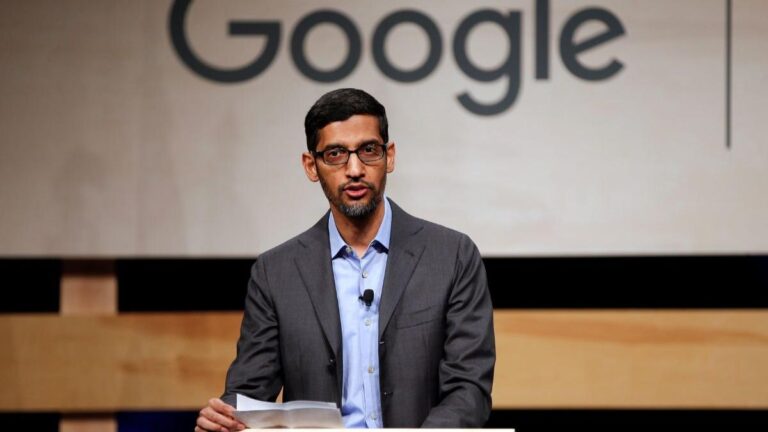
Summary
The world must urgently ramp carbon removal efforts to achieve net-zero emissions and mitigate climate change. The current capacity for carbon extraction needs to increase dramatically to meet future targets. Carbon-accounting firm Supercritical is among the entities working towards this goal. Co-founder Michelle You shares her insights into the challenges and potential of the carbon removal industry.
Carbon removal is no longer just an option; it is a necessity. To realize a future of net-zero emissions, the world needs to increase its carbon extraction efforts from the atmosphere drastically. The current capacity, which stands at hundreds of thousands of tons annually, must multiply by 14,000 times to reach the goal of extracting 10 billion tons annually by 2050.
“You have to invest and encourage the technologies to scale, and then amazing things can happen.” – Michelle You.
At first glance, this scaling may seem impossible. However, Michelle You, the co-founder of carbon-accounting firm Supercritical, believes otherwise. She draws parallels between the evolution of solar power and the potential journey of carbon removal. As solar power moved from a minor player to a significant contributor to the world’s energy grid, carbon removal could undergo a similar transformation with the right kind of investment and support.
The State of the Carbon Offsetting Industry
Carbon offsetting has been part of the climate conversation for a while. However, about 95% of the market consists of conventional “emissions-avoidance” offsets. These involve financial transactions encouraging others to stop emitting CO2, such as preventing deforestation or swapping coal for renewable energy sources. Despite their prevalence, these offsets have notable drawbacks.
For one, they don’t lead to net-zero emissions since the carbon emitted remains in the atmosphere. An equivalent amount of carbon needs to be removed to achieve net zero. Furthermore, these offsets are susceptible to fraud, with the potential for people to exaggerate hypothetical future scenarios to gain financial rewards. This lack of quality control has hindered the scaling of the carbon market.
The only offset that counts towards net zero is permanent carbon removal, which is the focus of Supercritical. The firm sources and vets carbon-removal suppliers to assist companies in achieving net zero using these offsets. They aim to ensure that each ton of carbon offset sold is an absolute ton removed for a defined period.
The Challenges of Scaling Carbon Removal
Only about 5% of offsets remove carbon, highlighting the need to scale up this market aspect. However, carbon removal is relatively costly and still in its early stages. The average removal offset costs around $200 per ton, compared to $5 per ton for an emissions-avoidance offset.
This cost disparity and supply and demand uncertainty present a significant challenge. There is a lack of supply due to an uncertain market, and the pricing and supply remain unstable without guaranteed demand. Therefore, buyers need to commit today to help build capacity. As more industries participate and ability grows, costs should decrease. This approach is similar to the strategy used to scale renewable power.
Buyers of Carbon Removal
Any industry can benefit from carbon removal, but Supercritical is particularly interested in asset-light businesses such as software companies, financial institutions, consultancies, and law firms. These businesses have the most significant potential to purchase carbon removal due to their ability to impact their overall emissions significantly. In contrast, heavier industries like steel manufacturing would benefit more from internal emissions reduction measures.
Decarbonizing Businesses
Supercritical has devised a streamlined carbon-accounting software that requires a few simple data inputs to calculate a business’s carbon footprint. This includes information on headcount, work-from-home setup, commuting, cloud emissions, hardware registry, business travel, and accounting data. The system utilizes a machine learning algorithm to convert spending into emissions, simplifying the process for customers.
However, organizations face several challenges in their quest to decarbonize. These include setting aside a budget, understanding good carbon removal, and dealing with rapidly fluctuating prices in a nascent and supply-constrained market. Supercritical assists customers in these areas by providing pricing insights and helping negotiate contracts to lock in stable prices over time.
Greenwashing and Policy
While allegations of greenwashing often arise in discussions about net zero and offsetting, You believe the fear of greenwashing can hinder progress as companies may refrain from making necessary commitments. She adds that regulatory measures are starting to address this issue in the consumer realm.
In terms of policy, You argue that governments need to regulate claims around net zero and the quality of offsets for this effort to be effective. However, she also notes the slow progress on this front and the confusion caused by the proliferation of guidelines and certifications. A more definitive stance from regulation would greatly aid the scaling process.
Can We Be Optimistic?
With 2050 not too far away and significant work still to be done to scale up carbon removal, the question arises: can we be optimistic about achieving our goals? You believe in human ingenuity’s power and the potential for rapid technological scaling. She urges us to believe in our ability to find solutions and not to give up, even in the face of daunting challenges.
Share the Article by the Short Url:






